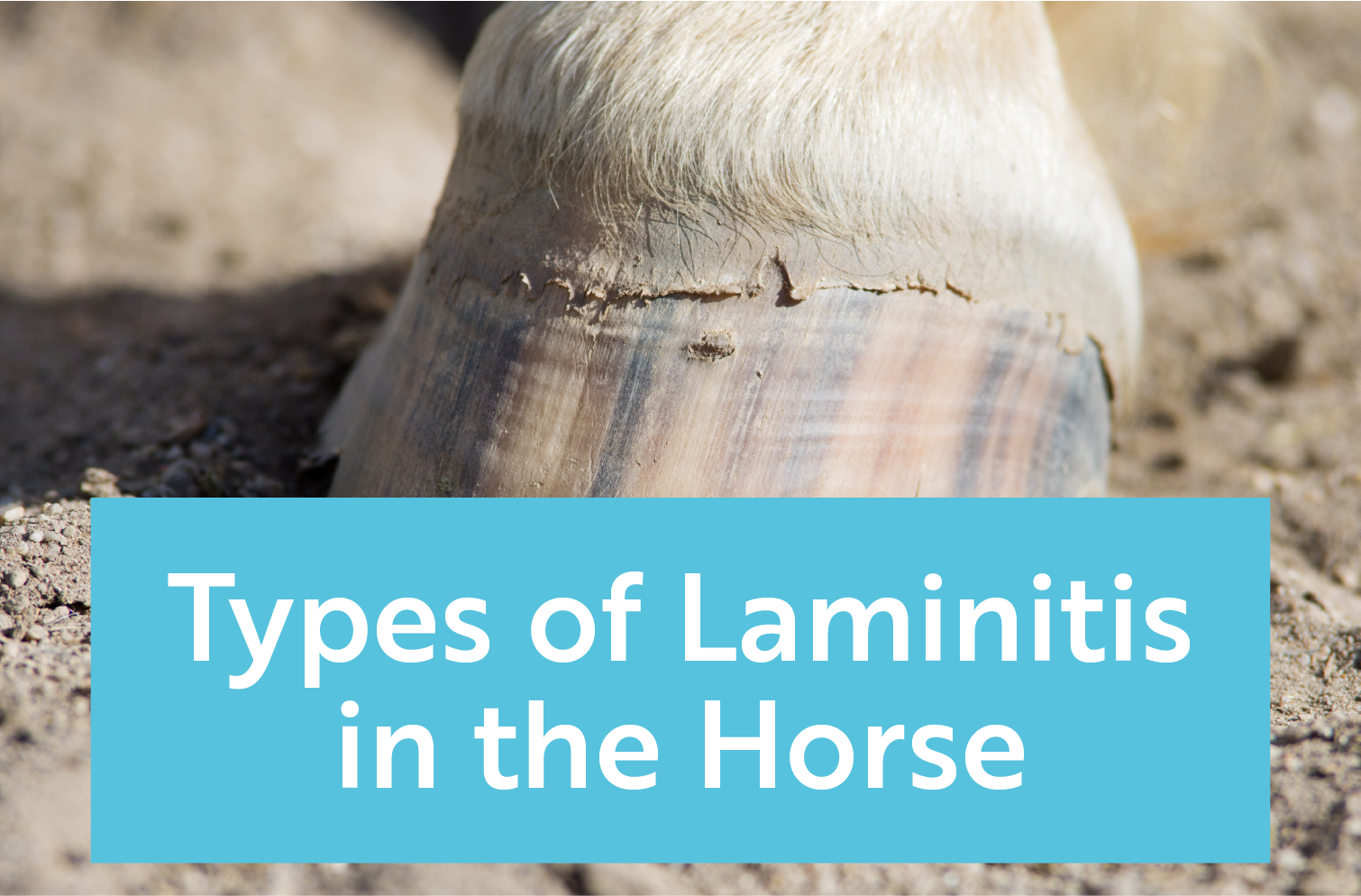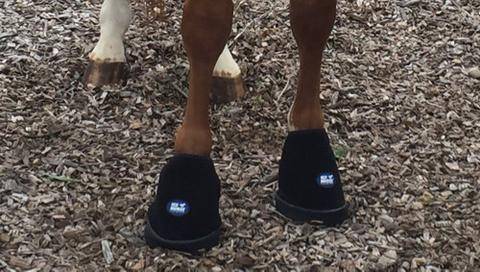Your Cart is Empty

The Four Main Categories of Laminitis in the Horse
Laminitis isn’t the same for all horses, and those differences can lead to more instances of laminitis occurring. What we do know is that there are lots of reasons for laminitis to affect a horse, and those reasons can be boiled down to four categories:

An inflammatory disease process. Systemic illnesses create a sudden laminitis as the horse’s body goes into a state of systemic inflammation. This can happen after a colic, a case of pneumonia, a retained placenta, and the like.
Metabolic disorders.Horses with PPID (Cushing’s Disease), Insulin Resistance, and other metabolic conditions are at a higher risk of laminitis than other horses. Age is not a factor here, but diet and exercise can be.
Severe lameness, infection, or fracture in one limb can cause supporting limb laminitis. A horse will favor the injured leg, transferring weight and stress to the healthy limb which ultimately leads to laminitis in the healthy leg.
Repetitive trauma, such as road founder, is also a cause of laminitis. In cases like this, a single incident can be the culprit, or it can develop over time from the repetition of work. Hard surfaces are often involved
Ice Horse is fortunate to have Dr. James Orsini of the New Bolton Center, a leading laminitis expert, on our panel of distinguished professional experts. Dr. Orsini received his DVM from Cornell University in 1977 and completed his subsequent internship, residency and fellowship at the University of Pennsylvania's New Bolton Center before joining the faculty. He is currently an Associate Professor of Surgery at Penn's School of Veterinary Medicine. Along with his expertise in laminitis, Dr. Orsini has also published extensively on equine pediatric surgery, antimicrobials, gastric ulcers, pain and anti-inflammatory medications and related fields.

Watch the video below for Dr. Orsini's explanation of the types of laminitis in horses. Enjoy!

